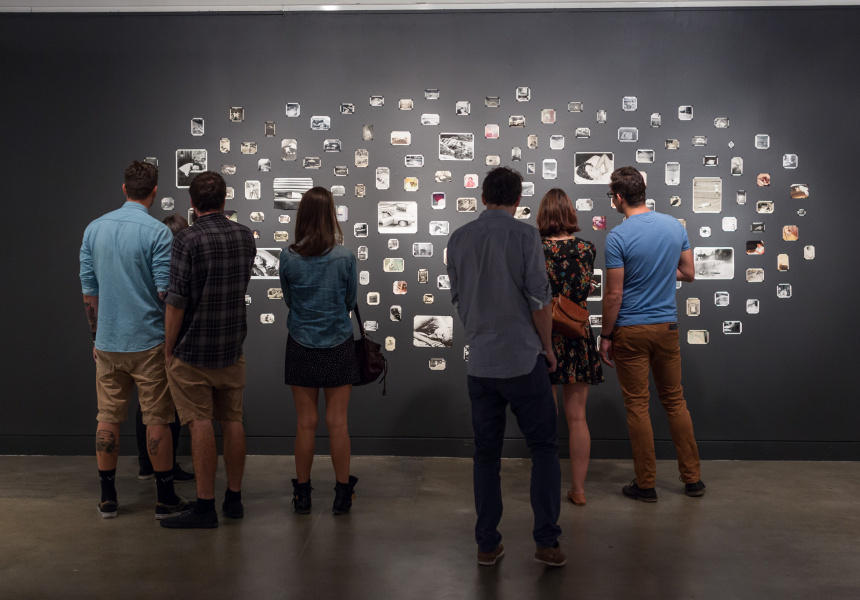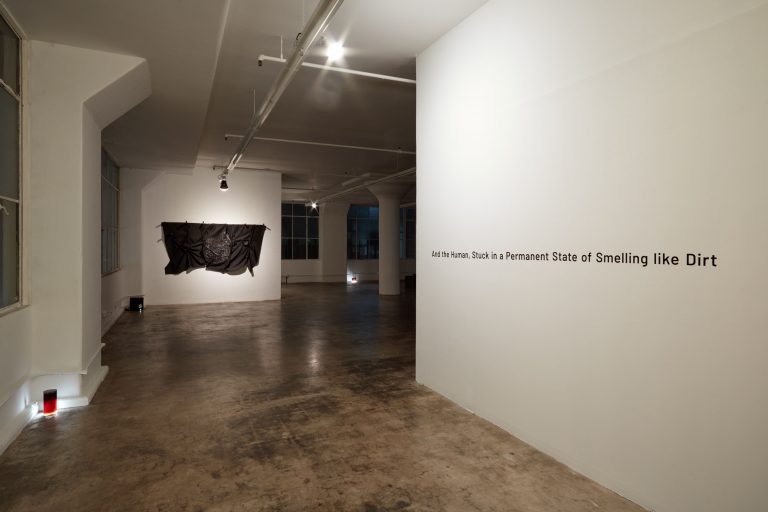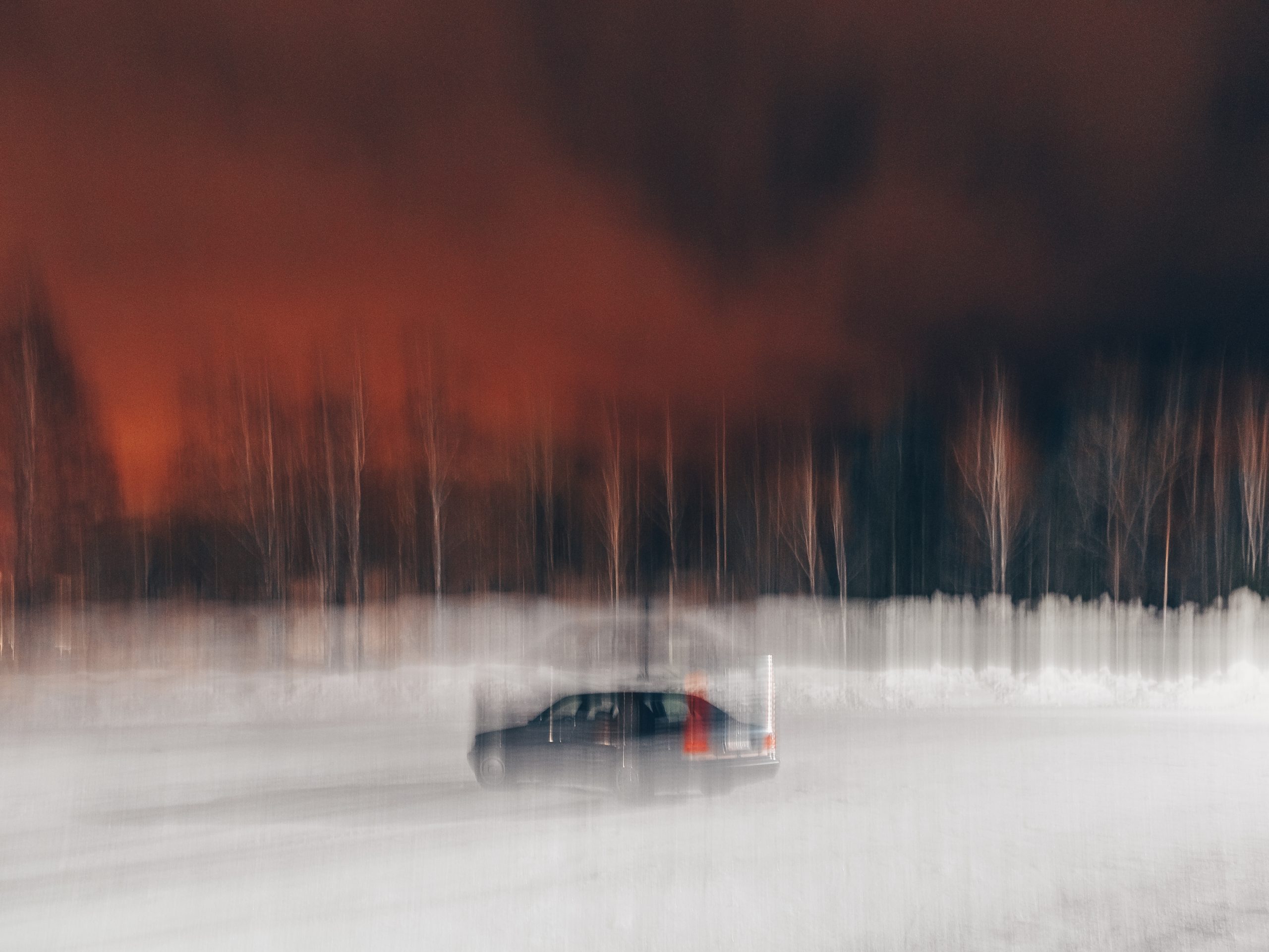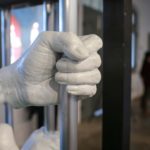Pasajes I
2012 - Film & Video (Film & Video)
12:30 minutes
Sebastián Díaz Morales
Pasajes I is the first in a series of Sebastián Díaz Morales’s four videos Pasajes , which focuses on a solitary man walking through Buenos Aires. He walks through churches, shops, and libraries—accessing completely different interior spaces simply by going through doors. The seamless editing allows the man to transcend locations: after he enters a house from a busy intersection he emerges in the halls of a school. Through our guide we catch glimpses of the city, making the video an intriguing tour of the Argentine capital. We experience different lives, wealth, and employment. Never stopping to take in his surroundings, or to question where he’s going, he keeps on walking relentlessly—a possible allegory for man’s continued searching and struggle for something better and something more. It enforces an idea of progress, never sleeping, and the quest to always move on. The smart officious clacking of shoes of our guide recalls a businessman, flowing around the city, unable to leave. When this film was made, Argentina had imposed controls on movements in their territorial waters in order to block foreign companies drilling for oil, and was experiencing a period of economic growth before a period of harsh austerity. In Pasajes I we experience a complete freedom of movement, to all facets of society. Prosperous locations are accessed via underprivileged ones, and vice-versa. Díaz Morales flattens out these rudimentary distinctions, the city is an ecosystem where everything is symbiotic.
Raised in an isolated location between the Atlantic Ocean and the Patagonian Desert, Sebastián Díaz Morales believes his upbringing led him to a very particular way of perceiving the world around him. Using different filmic techniques, from narrative film-like works to found-footage, he explores the relationship between large-scale socio-political power dynamics and individual objectives. His films are often surreal, include no dialogue, and create a tension between reality, fiction, and representation in a visually abstract way. Morales’s films and videos are oftentimes surreal where social reality is reflected in a form that is visually abstract and fantasy-based. Most of his works study the relationships between a large-scale socio-political power and the actions of individuals; they reflect the interactions between people and their environment and social structures. The methods that Morales uses are twofold – in his works he uses both prepared scripts and the uncertainties of real life. His camera is focused on capturing documentary material, but he also uses footage that is experimental and that comes from the realms of science fiction.
Colors:
Related works sharing similar palette
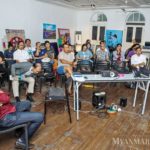
© » ARTS EQUATOR
MervEspina and the Green Papaya Art Projects (via The Myanmar Times) | ArtsEquator Thinking and Talking about Arts and Culture in Southeast Asia Articles September 22, 2018 With the support of Japan Foundation and collaboration of Myanm/Art, MervEspina, artist and researcher from Philippines talked about Green Papaya Art Projects whose essence can be rendered as ‘never ripe, never rotten’...
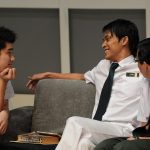
© » ARTS EQUATOR
Air Con: Who Do You Want To Be When You Grow Up? | ArtsEquator Thinking and Talking about Arts and Culture in Southeast Asia ArtsEquator Viewpoints October 8, 2021 By Dhinesha Karthigesu (1,330 words, 5-minute read) Who do you want to be when you grow up? At the end of the play AIR CON , the character William (Nick Davis) asks the character Asif (Ryan Lee Bhaskaran) this question...

© » KADIST
Tobias Fike & Matthew Harris
2013Facing one another, each projection screen of the work Food Fight respectively features Tobias Fike and Matthew Harris preparing multi-course meals at a kitchen counter...

© » LENS CULTURE
Reunion — Hand-Embroidered School Class Portraits - Photographs and text by Diane Meyer | LensCulture Feature Reunion — Hand-Embroidered School Class Portraits By obscuring the faces with embroidery — which would typically be the most important parts of these elementary school class portraits — otherwise overlooked details are brought into focus, such as body language and other embodiments of social convention...
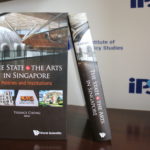
© » ARTS EQUATOR
Book Review: "The State and The Arts in Singapore: Policies and Institutions" | ArtsEquator Thinking and Talking about Arts and Culture in Southeast Asia Articles Images courtesy of Institute of Policy Studies, Singapore April 9, 2019 By Chin Ailin (734 words, four-minute read) Commissioned by the Institute of Policy Studies of Singapore (IPS) to trace the course of cultural policy in Singapore from the 1950s to the present, The State and the Arts in Singapore: Policies and Institutions is a comprehensive tome that should serve as an essential text in time to come for any student’s introduction to Singapore’s arts and cultural policies...

© » ARTNEWS ARTISTS
The Defining Artworks of 2023 – ARTnews.com Skip to main content By The Editors of ARTnews Plus Icon The Editors of ARTnews View All December 18, 2023 2:20pm Photo Illustration: Kat Brown/ARTnews Each year, countless new artworks are made and historical ones come into sharper focus as events in the art world and beyond give them new valance...
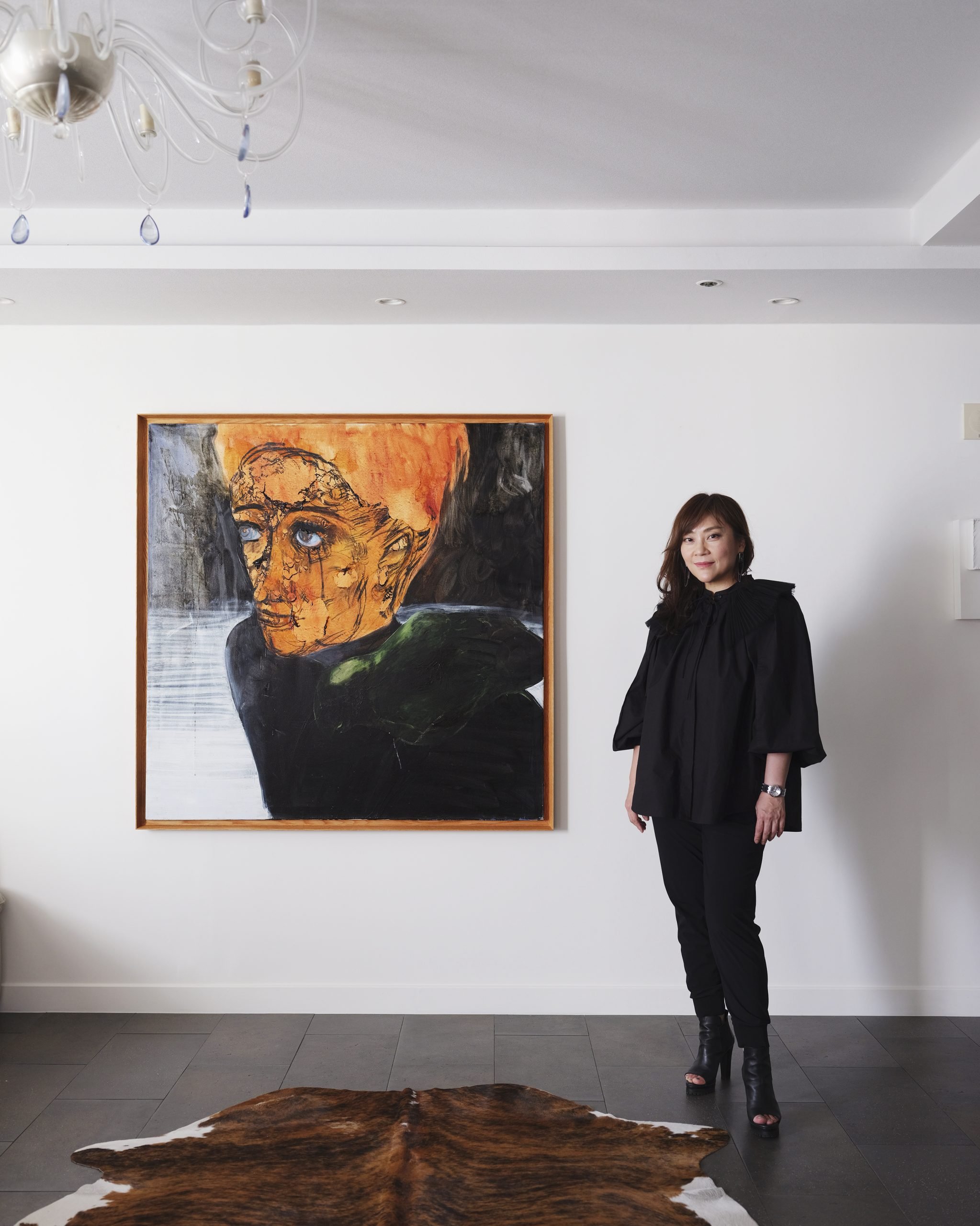
© » LARRY'S LIST
Yu Ji
The collector is developing projects that allow her to support artists in her own unique way....

© » KQED
With Sway's Blessing, SF Rapper Frak Is Ready to Level Up | KQED Skip to Nav Skip to Main Skip to Footer upper waypoint Arts & Culture With Sway's Blessing, SF Rapper Frak Is Ready to Level Up Nastia Voynovskaya Feb 9 Save Article Save Article Failed to save article Please try again Email Frak at Billy Goat Hill in San Francisco on Feb...




